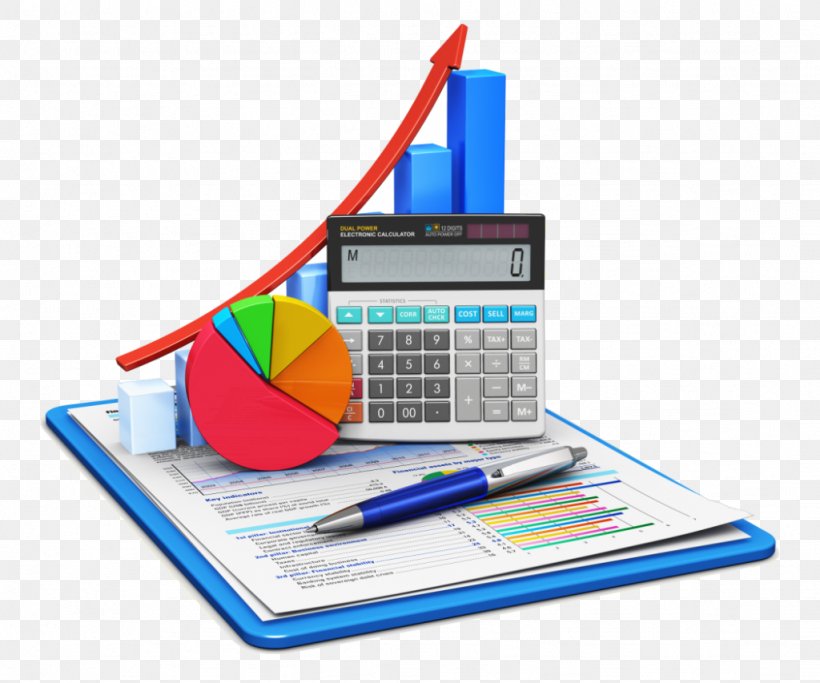Companies rely on expense accounts to track how much they spend on operations that help to ensure their sustainability. These accounts are part of the greater profit and loss statement showing the company's financial position at the end of the accounting period. In this regard, identifying account expenses can help you create accurate financial statements. What is the concept of expenses in accounting and what types? Read on to find out the answer.

What are the expenses in accounting and how are they reported?
Accounting expenses are the money spent and costs incurred by the company for profit. More precisely, accounting expenses indicate any cost that contributes to the company's total cost of doing business. Any costs incurred as a result of the company's attempt or success in producing revenue.
Any person in a company or enterprise can afford the expenses in the accounting accountants and financial teams are responsible for tracking and reporting these transactions, For this reason, accountants need to understand the role of expenses in the company's finances, Tax regulations, accounting principles, companies often use expense reports to collect and track expenses financial statements, which are then officially reported as mentioned by accountants in the financial statements, such as the income statement.
Types of corporate accounting
Corporate expense reporting depends on the type of accounting used by the company:
1. Accrual-based accounting
Expenses are recorded in accrual-based accounting, when the transaction occurs, even if the money is not yet exchanged, for example, if a company prepays a hotel reservation for a business trip, the entire transaction will be recorded as a business expense on the day of the booking, even if the funds are not charged to the account until the check-out.
2. Cash-based accounting
Accounting on a cash basis records the expenses once the money is exchanged, so, if a company uses this method and books a hotel, it will not mark this transaction as an expense until the funds are withdrawn from its accounts by the hotel.
Types of expenses in accounting
Accounting expenses of all kinds are critical to financial management and help companies improve performance, reduce costs and make better strategic decisions. Accounting expenses can be classified into:
1. Non-operational expenses
Non-operational expenses are business costs from activities that are not directly related to their day-to-day operations. They are incidental costs caused by business transactions. Examples include investment losses, weather damage expenses, fire damage expenses and restructuring costs.
2. Fixed expenses
Fixed expenses remain the same when compared between two consecutive months rental bills and cables, and their stability also means that they are predictable So the company that pays monthly rent knows the exact amount you pay each period, Fixed costs can vary slightly or significantly over time depending on certain factors, for example, the company's rent may increase after the end of the initial agreement, These expenses are generally non-negotiable and paid regularly by companies.
3. Variable expenses
Variable expenses are costs that change during payment periods, and include the cost of raw materials, travel fees, marketing and advertising fees. These differences may arise internally through the company's activities or externally. For example, a company cannot influence the cost of raw materials or airline tickets, but can determine how much it spends on advertising each period.
4. Tax expenses
Taxes are legal payment obligations to engage in business activities, examples of tax expenses include income, sales and property taxes, and taxes are an important element of the three core financial statements, namely income statement, balance sheet and cash flow statement.
5. Administrative expenses
Administrative expenses are costs incurred by work that are not directly related to the production of a commodity or the conduct of a sale. Examples include wages and benefits for executives, insurance and legal and accounting fees. Administrative expenses may also include travel costs and costs for office supplies.
Administrative expenses do not include the wages of employees who directly contribute to the manufacture of goods sold by the company. Expenses of such individuals are usually reflected in the cost of the goods sold. When preparing the income statement, administrative costs typically appear below the cost of the goods sold, as together they constitute the items of administrative, public and sales expenses.
6. Rental expenses
The cost of leasing property of any kind is calculated as rental expenses. When using the cash basis of accounting, rental expenses for an accounting period are equal to rent paid during an accounting period. Calculating rental expenses on an accrual basis is somewhat more complicated because it requires the accountant to track the lease period that falls within the accounting period rather than just cash flow.
7. Sale and distribution expenses
Sale and distribution expenses include any costs related to the business's sales and distribution activities. These costs include:
- Cost of shipping goods to customers.
- Commission on sales revenue.
- Salaries and wages of sales and distribution staff.
- Promotion and marketing expenses.
- Operating costs of sales offices such as electricity and rent.
- Operational costs of distribution, such as the cost of fuel used in customer deliveries.
- Consumption of delivery carts and fittings installed in retail outlets.
8. Accumulated expenses
Accumulated expenses are transactions that the company has to pay, such as rent, but has not yet paid, for example, if the company receives a shipment of raw materials used in production, but the supplier has not yet invoiced the transaction, the amount owed is an accrued or accrued expense.
9. Pre-paid expenses
Prepaid expenses are the direct opposite of outstanding expenses, prepaid expenses are transactions that the company has already paid for before receiving the product, commodity or service. For example, if a company prepays for a shipment of raw materials, but the supplier has not yet delivered the materials, the amount paid is considered a prepaid expense.
Conclusion:
Accounting expenses are a critical component of an employer's financial management, including tracking all expenses incurred by the company, including the cost of sales and capital expenses, over a period of time. Doing so helps companies obtain valuable insights into their cash flows and net profits, helping them make informed decisions about their company's future.
other topics:
Design and production of software
Fekra’s Software for Restaurant and Coffee Shops Management
Fixed Assets And Custody Management System
reference
1.<<POS Systems for Small Business>>، kaleidoscot
2.<<POS Meaning – Definition of Point of Sale System>>, miamiherald

Add New Comment